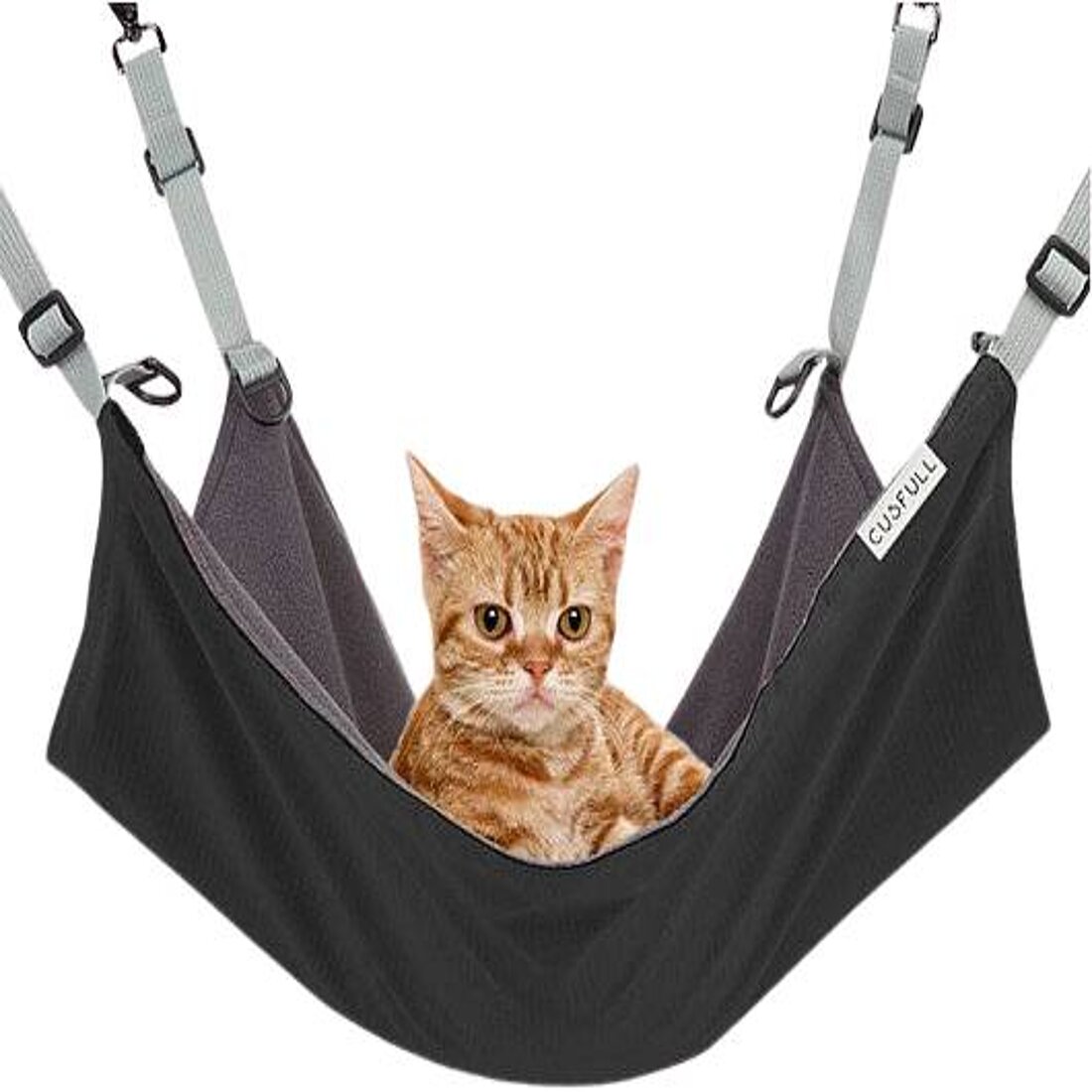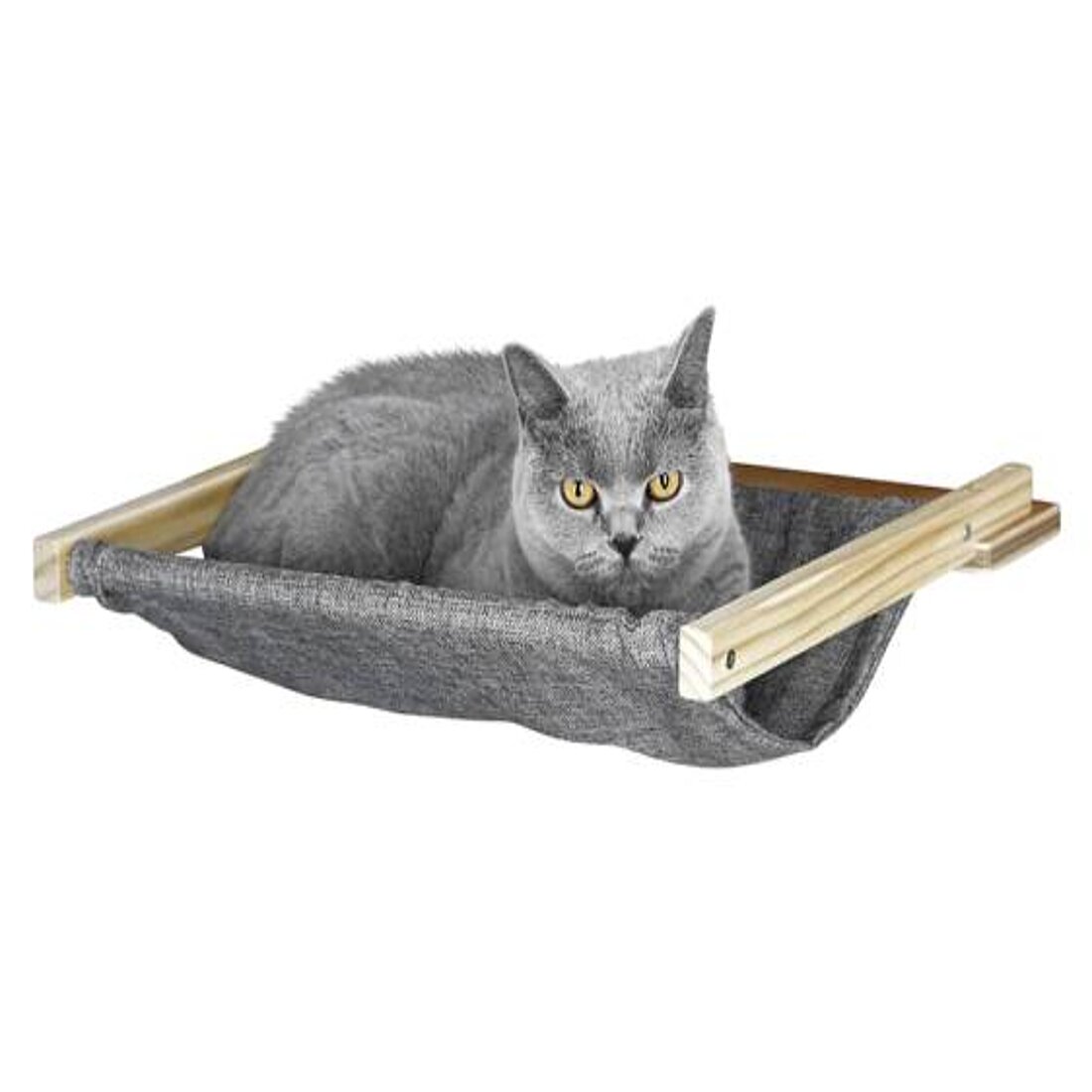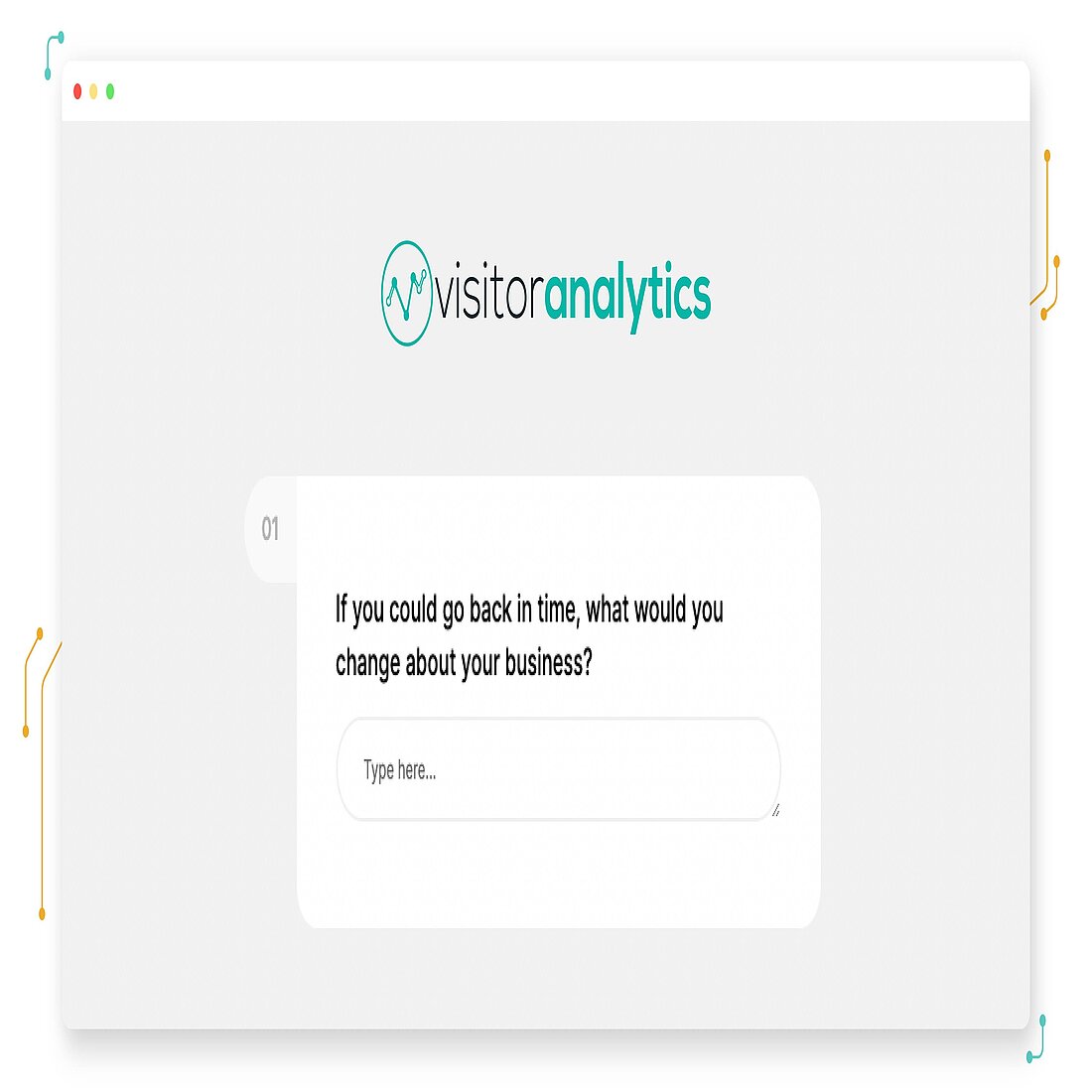
Simon Coulthard August 01, 2022
- 1. What Is an Open-Ended Question?
- 2. What is an Example of an Open-Ended Question?
- 3. What are Three Examples of Open-Ended Questions?
- 4. What are the Best Open-Ended Questions?
- 5. Examples of Open-Ended vs. Close-Ended Questions
- 6. Open-Ended Questions vs. Close-Ended Questions
- 7. Open-Ended Questions to Ask After a Presentation
- 8. How Do Most of this Questions Begin?
- 9. When to Use Open-Ended Questions and Close-Ended Questions
- 10. Open-Ended Questions to Ask Customers
- 11. What Words do Open-Ended Questions Begin With?
- 12. 10 Best Open-Ended Questions
- 13. Why Asking Open-Ended Questions to Your Customers can Increase Sales

Surveys are a great way to build relationships with your customers, but they will be put off by too many, so you need to make the ones that you do release count. And this is where open-ended questions come in!
Open-ended questions are a great way to get the most out of your surveys. Mastering the art can take time, but it’s worth it in the long term as - with a little experience - the benefits your company will derive from them will increase exponentially.
Asking the right questions will dictate the quality of the insights that you will gain about your products, services, and so forth.
By contrast, if they’re not worded properly, there’s no guarantee that you’ll receive the detailed answers you need.
This article runs through everything you need to know; feel free to scroll through the article at your leisure or alternatively click on the question below to jump to the answer you’re looking for.
1. What Is an Open-Ended Question?
In surveys and beyond, this kind of questions enable respondents to reply in any way they want. They are not restricted to a limited range of pre-set answers and are given the space (and character limit) to write as little or as much as they want - and believe me, some people have a lot to say!
With customer experience more important than ever, companies need to get feedback directly from the source to find out what they’re doing right and what they’re doing wrong, and asking open-ended questions is ideal for this purpose.
They enable companies to get a deeper understanding of their views on a particular subject, enable you to follow the full customer journey, and are a central component of qualitative market research.
Admittedly, there’s always the chance that respondents will go off-piste and provide answers that have no relation to the question you’ve tabled, but this issue will be mitigated if the survey is answered by enough people - 200 being the minimum, if you want accurate results.

2. What is an Example of an Open-Ended Question?
Let’s start small with a single open-ended question to a customer that has just bought Fluffy a fancy cat hammock from you:
“What can we do to improve our cat hammocks or the service that you received?”
3. What are Three Examples of Open-Ended Questions?
You can see from the above example that an open-ended question can be answered in any way that the respondent sees fit.
This provides your customers with an opportunity to let you know their thoughts regarding anything across their journey - from the quality of the product, to how easy your website is to navigate, and whether the delivery met their expectations.
However, surveys are not limited to one simple question, and you could word them in a way that will elicit replies that are more specific to whatever objectives you have behind it. Three more examples of this type of questions are:
- What was your experience with our website like?
- Is there any type of cat hammock or related product that you were unable to find from us?
- How could we improve the quality of our delivery service?
4. What are the Best Open-Ended Questions?
When it comes to open-ended questions, there is no universal example that will work for every survey. Your choice will depend on the specific characteristics of your company, and what you want to get out of the survey - are you looking to learn how your products could be improved from a customer perspective, or are trying to understand why so many of them leave products in the basket but don’t complete the purchase?
That said, you could devise a list of questions that covers every aspect of the customer journey, with examples like:
- What do you think of our range of cat hammocks, and related products?
- Are there any products that you would like us to sell in the future?
- Tell us about how we could make our cat hammock website easier to navigate?
- What information about our cat hammocks would you like us to include in our website?
- Tell us about your experience buying a cat hammock from our website?
- What did you think of the quality and speed of delivery?
- How could we improve your experience in the future?
5. Examples of Open-Ended vs. Close-Ended Questions
Open-Ended Questions
What were your reasons for choosing our cat hammocks?
How can we improve our range of cat hammocks?
Why did you choose us over other cat hammock retailers
What would make you buy another of our cat hammocks?
How can we enhance our customer service?
Close-Ended Questions
Are you interested in buying one of our cat hammocks?
Does your pet like its cat hammock?
Are you happy with your customer service experience?
Is the cat hammock you received what you expected?
Would you buy one of our cat hammocks again?
6. Open-Ended Questions vs. Close-Ended Questions
As you can see from the table above, close-ended questions can be answered with single-word, definitive responses - eg. “yes”, or “no”. They are quick and easy to answer, and the consistency of responses across the survey makes them straightforward to analyze.
By contrast, open-ended questions prompt much longer, more detailed answers that can be useful for your marketing, sales, and product departments.
For instance, the reply to “what does your cat like about our cat hammock” could give you information about how long Fluffy spends in her hammock, where she prefers it in the house, how many of her furry friends she likes to share it with, and so forth.
7. Open-Ended Questions to Ask After a Presentation
This is obviously not related to survey-building, but life can’t be compartmentalized completely.
This type of questions are a great way to ensure that attendees have properly understood what you’ve presented to them, to get valuable feedback, and to ensure that what you’ve covered is actioned in a useful way.
- What did you find most useful about this presentation?
- How are we going to implement this information successfully?
- What problems can you identify?

8. How Do Most of this Questions Begin?
Open-ended questions begin with the following words (written in bold below):
Why did you choose our cat hammock over competitors?
How could we improve our cat hammocks?
What other animals would you like to see a hammock for?
Tell me about your experience buying a cat hammock from us?
What do you think about rat hammocks?
Describe how we could improve your cat hammock buying experience
9. When to Use Open-Ended Questions and Close-Ended Questions
This kind of questions are useful when you want to get a deeper understanding of a customer’s true thoughts, options, insights, and experiences on the survey subject. Such situations include, when you want to:
- Gauge people’s perception of your brand
- Find out issues that you’re not aware of
- Discover how you could make your products more popular
- Learn what you can do to improve product training or wider customer support
Ultimately, open-ended questions can provide answers with real depth - depending on what the responder is prepared to divulge, but the information provided can be hard to work with.
But it’s important to remember that they do come with their own disadvantages.
Open-ended questions are time-consuming to answer and have a lower response rate than close-ended alternatives. You will also collect a fair amount of irrelevant information, and it can be difficult to analyze the replies or compare them given by respondents across the survey.
By contrast, close-ended questions are easier for your reporting work, and they can be done using a multiple-choice format or include numbers for quantitative research.
But, regardless of the format, the answers will be shorter than their open-ended cousins - you won’t know the responders’ reasoning and can easily jump to false conclusions, if you’re not careful.
However, close-ended questions can be very useful, particularly in the following situations:
- When you’re fact-checking
- When you need specific contractual information
- When you need exact details or answers to be exact
- When you expected to set and meet specific goals or KPIs
- When you’re collecting qualitative data

10. Open-Ended Questions to Ask Customers
There’s no shortage of open-ended questions you can ask customers.
In many ways, it’s a case of the more the merrier, since they know that they are under no obligation to answer all of them - and more questions mean you might stumble across information that will be super useful for you.
11. What Words do Open-Ended Questions Begin With?
Open-ended questions always begin in very specific ways and use the following words - why, how, what, describe, “tell me about”, and “what do you think about”.
By starting questions in this way, you can easily stimulate in depth answers from responders, and every one will be different.
12. 10 Best Open-Ended Questions
If there were only 10 open-ended questions of note, then everyone would use them - bombarding customers with boringly repetitive questions to answer.
Ultimately, when building your survey, you’ll want to devise questions that are most relevant to your company, industry, products, and objectives.
You can write them in a tone that reflects your own company’s brand, and in a way that - taken together - they cover every aspect of the customer journey.
13. Why Asking Open-Ended Questions to Your Customers can Increase Sales
Ultimately, your customer knowledge will drive sales, and you’ll want to know as much as you can about:
- What customers are looking for with regard to your product or service
- What will increase their chances of buying from you, or becoming repeat customers
- What your customers’ pain points are
The only way to get the answers to such questions is to pull the information from them - if you don’t, all you’re doing is selling your products’ features and not the solutions that will better pull prospects towards you.
Many of your customers will be more than happy to answer your questions and, crucially, questions can make them feel valued and build trust.
It’s one area of marketing that enables you to communicate directly with them, humanize your company, and build rapport.
The Bottom Line
As you can see, open-ended questions can provide much deeper insights than what can be gleaned from close-ended ones - even if they can be a little tricker to analyze.
But for best results, you’ll want to include a combination of both in any survey you send out.
If you’re looking to up your game with regard to how your company communicates with customers and prospects, feel free to read about our own survey tool, or the other GDPR-compliant survey platforms that we recommend.
Share article
Get Started for Free
Gain World-Class Insights & Offer Innovative Privacy & Security

You might also like
Insights to Your Inbox
Receive a monthly summary of website intelligence news, advice, and also product updates. And don't worry, we won't tell sales!










